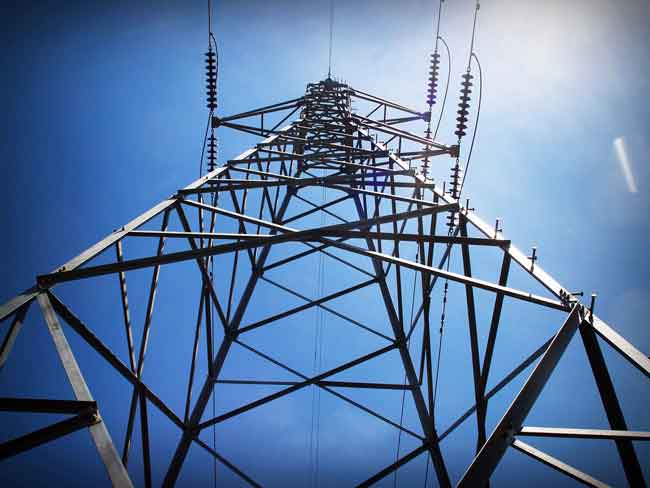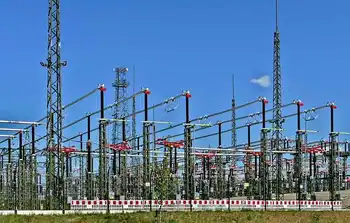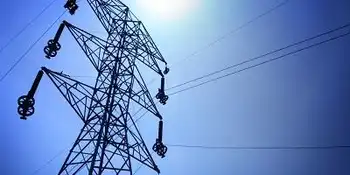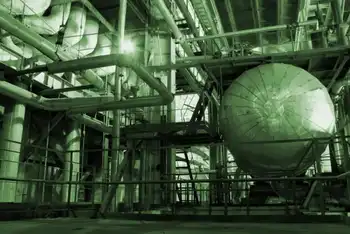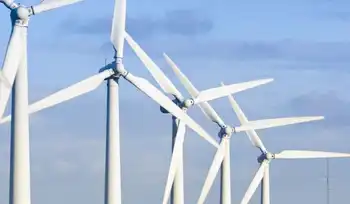European solar power shines brightest
By Industrial Info Resources
Protective Relay Training - Basic
Our customized live online or in‑person group training can be delivered to your staff at your location.

- Live Online
- 12 hours Instructor-led
- Group Training Available
According to the European Photovoltaic Industry Association EPIA, the growth rate was slightly more than 47 in 2010, bringing the cumulative installed capacity of PV in the European Union EU to more than 28,000 MW, which is enough to power about 10 million homes.
The figures highlight the rapid growth of renewable energy technologies in Europe, and echo the very strong growth figures recorded for the installation of offshore wind in Europe last year. For 2010, the European offshore windfarm market saw a doubling of offshore wind turbine installations over 2009, an increase of 883 MW.
"The growth of PV has simply been impressive in 2010," said EPIA President Ingmar Wilhelm. "Decreasing costs, new applications, strong investor interest and continued political support have contributed to this development, making PV the No. 1 green technology in terms of capacity addition in Europe."
"PV has become an established technology, which is contributing to the progressive decarbonization of our energy mix and which should be further exploited by member states to reach their 2020 renewable targets," he said. "More than 70 of all new installations come from small- and medium-sized PV systems. PV is, in fact, the people's choice in renewable technologies, as they can participate directly and contribute personally to a better environment."
Germany remained the global PV market leader for the second year in a row, adding more than 6,500 MW of new installations to its existing 9,800 MW of PV systems. Italy and the Czech Republic both surpassed the 1,000-MW mark for solar PV installations in 2010. They were followed by Belgium, France and Spain.
Future growth in the solar industry may be hampered by reduced solar incentives in countries like Germany, France and Spain, announced at the start of last year. Germany's environmental minister proposed a 15 cut in feed-in tariffs for the solar power industry, while France introduced a 24 cut in solar feed-in tariffs for rooftop systems, from 55 eurocents to 42 eurocents. The UK government is reviewing its own solar incentives and may reduce the size of proposed solar projects to contain a surge in solar farm activity.
"Supportive policy measures for the further rollout of PV should continue to play their important roles in the years to come," said Eleni Despotou, EPIA's acting secretary general. "Regular, necessary adjustments to the regulatory framework should be announced in due advance, and administrative procedures should be simple and transparent. These would benefit the predictability of any investment decision and bring substantial cost savings at the same time."





